11 Tips for Growing a Thriving Garden During a Long Hot Summer
Gardening in the summer heat can be challenging, but with the right techniques, your plants can thrive despite the hot weather. From strategic watering to soil enrichment and effective plant protection, there are several ways to keep your garden healthy and productive. By using these proven tips, you can help your plants endure high temperatures while conserving water and promoting growth. Whether you’re a seasoned gardener or a beginner, these simple steps will make a noticeable difference in your summer garden care.
This post may contain affiliate links, which helps keep this content free. Please read our disclosure for more info.
Water Early in the Morning

Watering early in the morning is one of the best strategies for helping plants survive during a long, hot summer. The cooler morning temperatures allow water to be absorbed effectively by plant roots, reducing the amount of moisture lost to evaporation. This is especially important in the summer when the sun’s heat can quickly dry out the soil and leave plants stressed.
Additionally, morning watering helps to prevent fungal growth, which can occur when water sits on the plant leaves overnight. By allowing the foliage to dry before evening, you reduce the risk of mold and mildew. Watering at this time also helps plants receive hydration just before the heat of the day sets in, enabling them to thrive under the harsh conditions.
Use Mulch to Retain Moisture
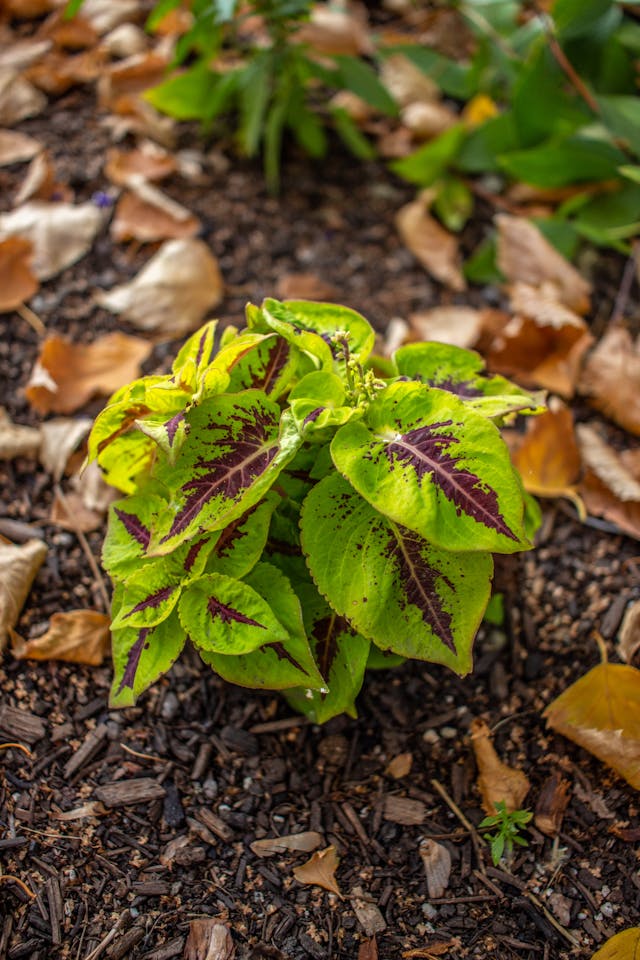
Mulch plays a vital role in maintaining soil moisture, especially during scorching summer months. By applying a thick layer of mulch around your plants, you create a barrier that slows down the evaporation of water from the soil. This means you will need to water less frequently, conserving both time and resources.
In addition to moisture retention, mulch helps to regulate the soil temperature, keeping it cooler during the day and warmer at night. This temperature stability encourages healthy root growth and protects your plants from the stress of fluctuating soil temperatures. Organic mulches, such as straw, bark, or leaves, also decompose over time, enriching the soil with essential nutrients.
Invest in Drip Irrigation
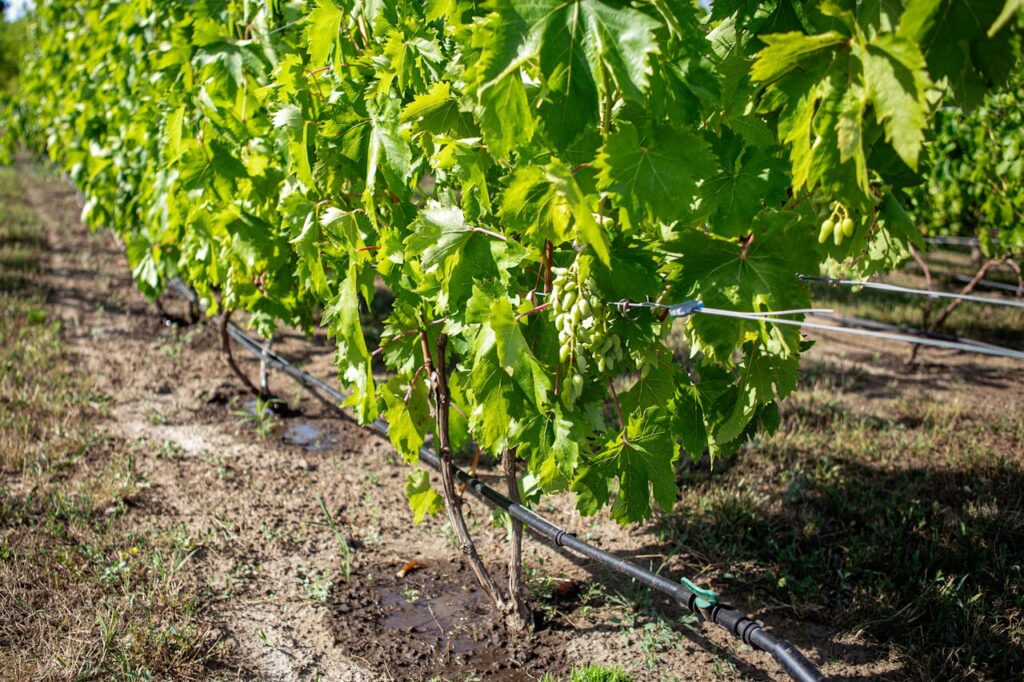
A drip irrigation system is a game-changer for maintaining a thriving garden during hot summer weather. Unlike traditional watering methods, drip irrigation delivers water directly to the plant’s root zone, ensuring that each plant receives the moisture it needs without any waste. This is particularly useful for preventing overwatering, which can lead to root rot or fungal issues.
Another benefit of drip irrigation is that it conserves water by minimizing evaporation and runoff. This system can be set to water on a schedule, making it much more efficient than manual watering. It also ensures that the water reaches the soil evenly, providing consistent moisture to plants, even during extended periods of heat.
Plant Heat-Tolerant Varieties
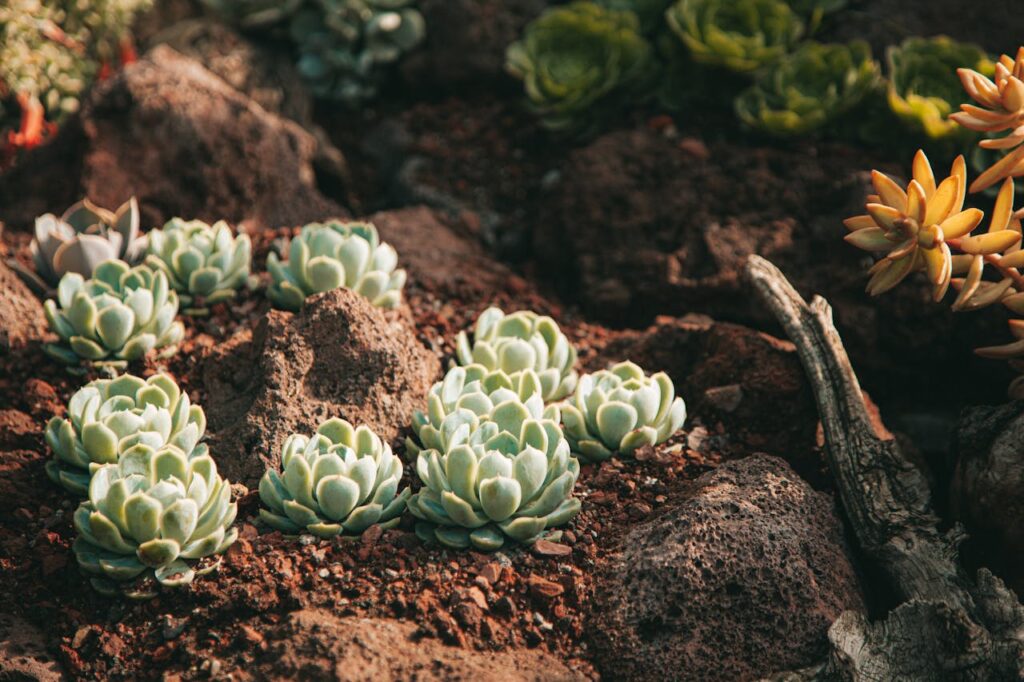
Choosing heat-tolerant plant varieties is essential when gardening in hot climates. These varieties have adapted to withstand higher temperatures and can thrive with minimal stress. Plants like succulents, Mediterranean herbs (such as rosemary and thyme), and heat-loving vegetables like tomatoes, peppers, and eggplants are well-suited for a summer garden.
Heat-tolerant plants require less water and are more likely to survive during hot spells. They can also handle the intense midday sun without wilting or suffering from sunburn. By selecting these types of plants, you make your garden more resilient and better equipped to endure a long, hot summer.
Add Organic Compost to the Soil
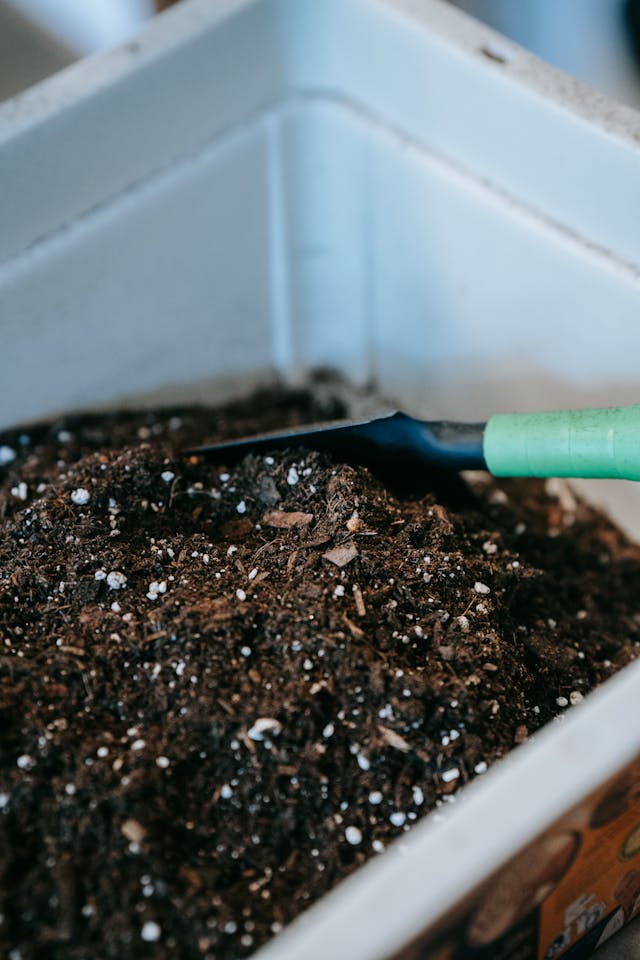
Incorporating organic compost into your garden soil significantly improves its structure, water retention, and fertility. Compost helps the soil hold moisture by increasing its ability to absorb and retain water, which is especially important during a long, hot summer. It also adds nutrients that support healthy plant growth, allowing them to better withstand the stress of high temperatures.
The decomposition of organic matter in compost encourages the growth of beneficial microorganisms and earthworms, both of which contribute to soil health. By enriching your soil with compost before planting, you create a more favorable environment for plants, giving them the resources they need to thrive during summer’s hottest days.
Provide Shade During the Hottest Hours
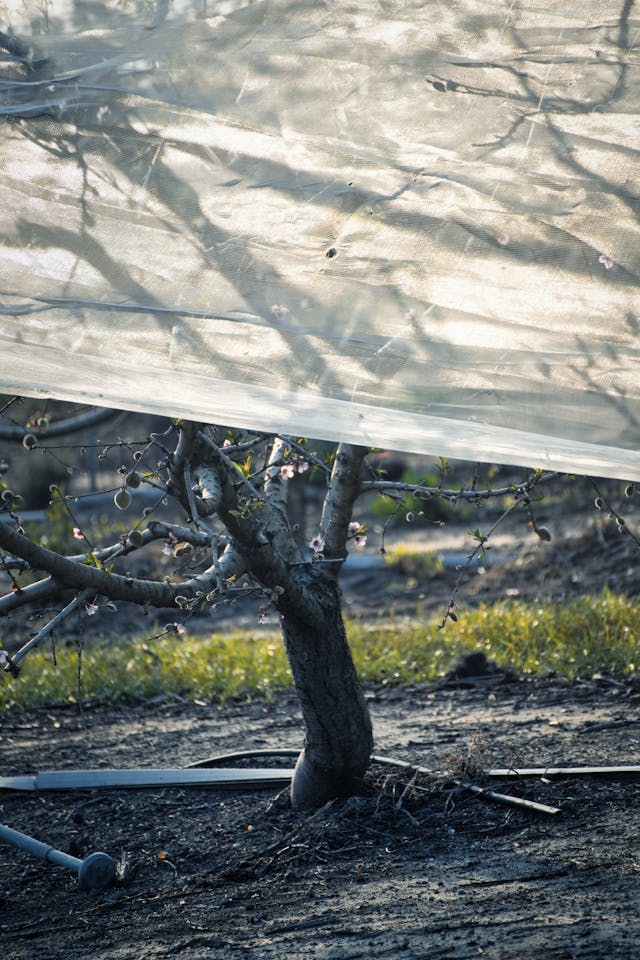
Providing shade to your plants during the hottest part of the day is crucial to prevent them from overheating. Plants, especially those that are less heat-tolerant, can suffer from sunburn or dehydration when exposed to intense sunlight. By using shade cloth, garden umbrellas, or larger plants to provide shade, you can protect your crops from the midday heat.
Strategic shading not only keeps the plants cool but also helps preserve moisture in the soil. The shaded soil stays cooler and retains water longer, reducing the need for frequent watering. Shading your garden during peak heat hours can give plants the break they need to recover, ensuring they remain healthy and productive throughout the summer.
Choose Plants with Drought Resistance
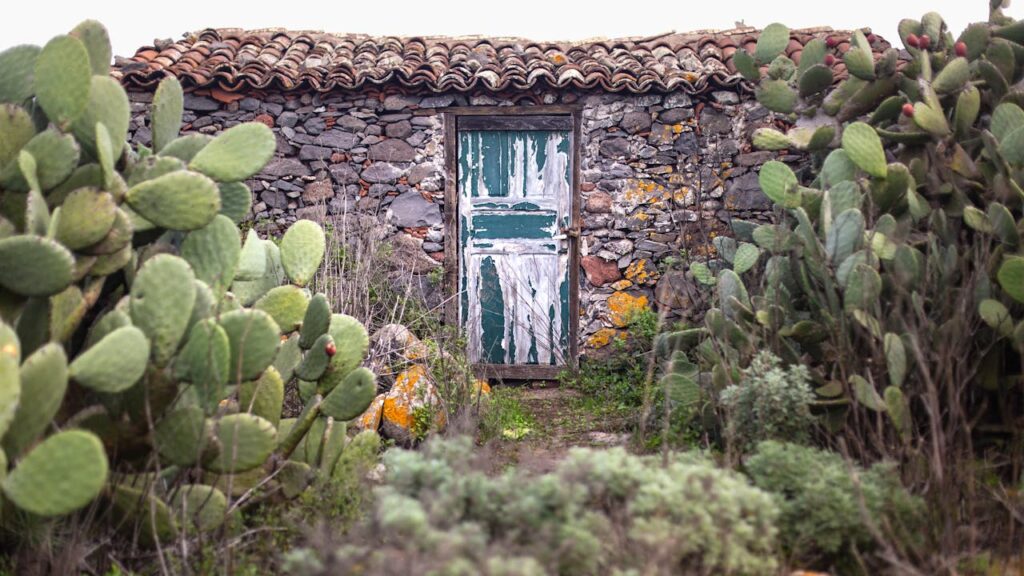
Drought-resistant plants are a great option for gardeners in areas that experience long, hot summers. These plants have evolved to thrive with minimal water, making them well-suited for regions with water restrictions or periods of high heat. Many native plants, cacti, and succulents are naturally drought-tolerant, requiring little more than occasional watering during dry spells.
In addition to conserving water, drought-resistant plants are often more resilient and capable of handling temperature extremes. By incorporating these plants into your garden, you can create a low-maintenance, water-efficient landscape that thrives even during the hottest summer months.
Amend Soil with Coarse Sand or Perlite
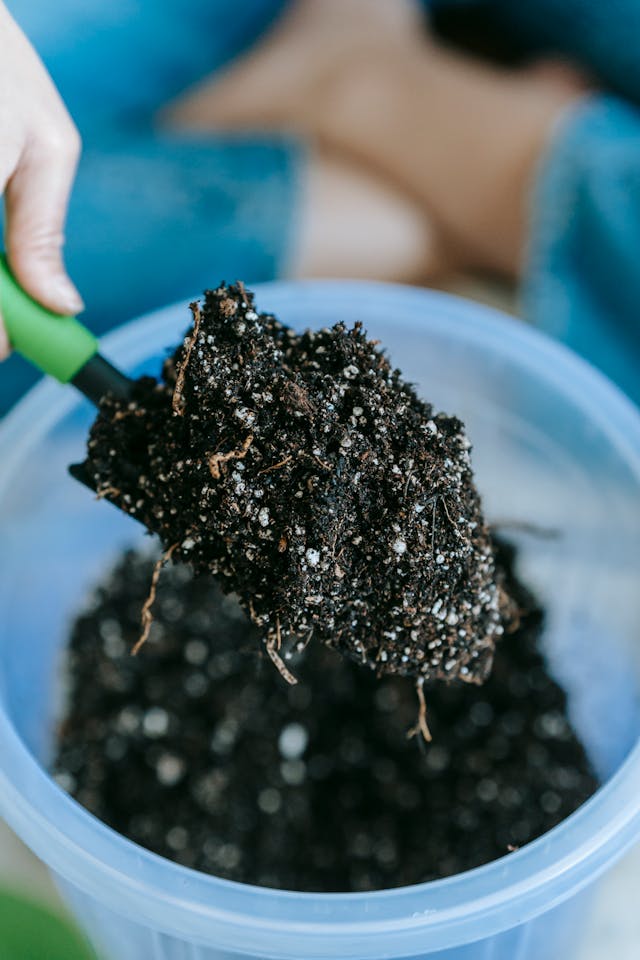
Amending soil with coarse sand or perlite improves drainage and prevents soil compaction, which can happen during hot, dry weather. When soil compacts, water is unable to penetrate deeply, leaving plants with inadequate moisture. By mixing in coarse sand or perlite, you increase the soil’s ability to drain excess water and provide a consistent moisture level for the roots.
Improved drainage also reduces the risk of root rot, a common problem in overwatered gardens. These amendments allow the roots to breathe and grow properly, ensuring that the plants remain healthy even under the strain of summer heat.
Keep Weeds Under Control
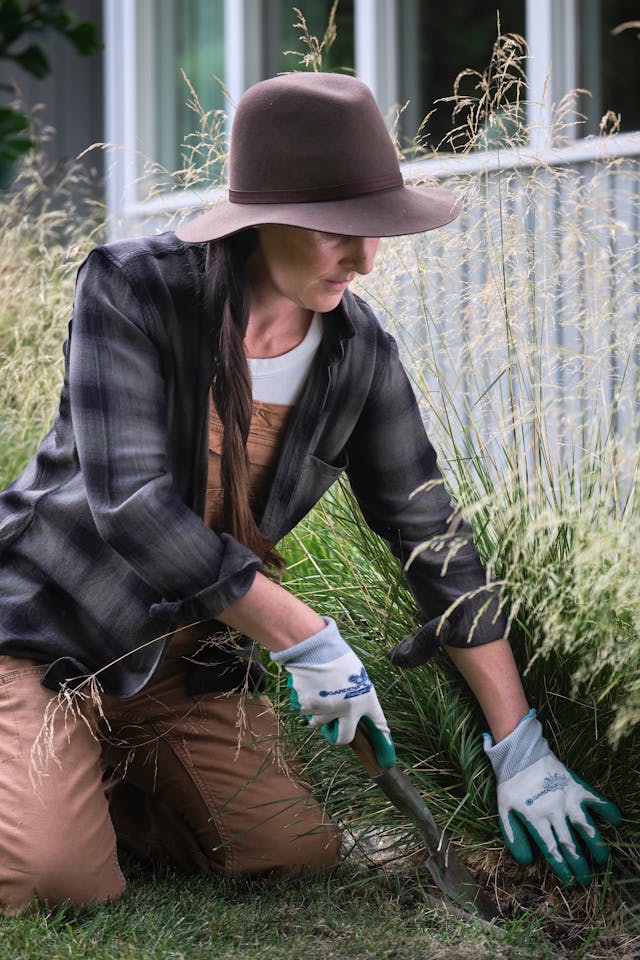
Weeds can rob your plants of essential nutrients, water, and sunlight, making it harder for them to survive during hot summers. By removing weeds regularly, you reduce competition and help your plants thrive. Weeds are particularly aggressive during the summer, taking advantage of the same resources your garden plants need to grow.
Regular weed control ensures that your plants receive all the water and nutrients they need to stay healthy. By keeping weeds at bay, you also reduce the chance of pests and diseases, which can spread quickly when plants are stressed from competition or lack of care.
Use Raised Beds for Better Drainage
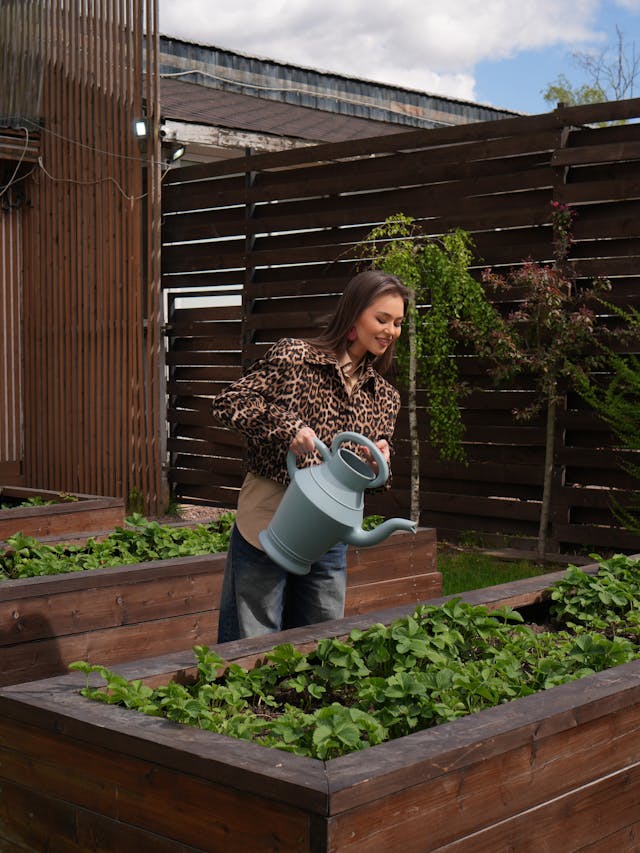
Raised garden beds provide better drainage and airflow to plant roots, especially during hot summers. Since the soil in raised beds warms up faster than the ground, it promotes quicker plant growth and extends the growing season. Raised beds also prevent soil compaction, which can hinder root growth and water absorption during hot spells.
Additionally, raised beds allow gardeners to control the soil composition more easily, ensuring that plants receive the nutrients and moisture they need. They are also easier to manage, as they reduce the need for bending down or dealing with overly compacted soil.
Provide Adequate Air Circulation
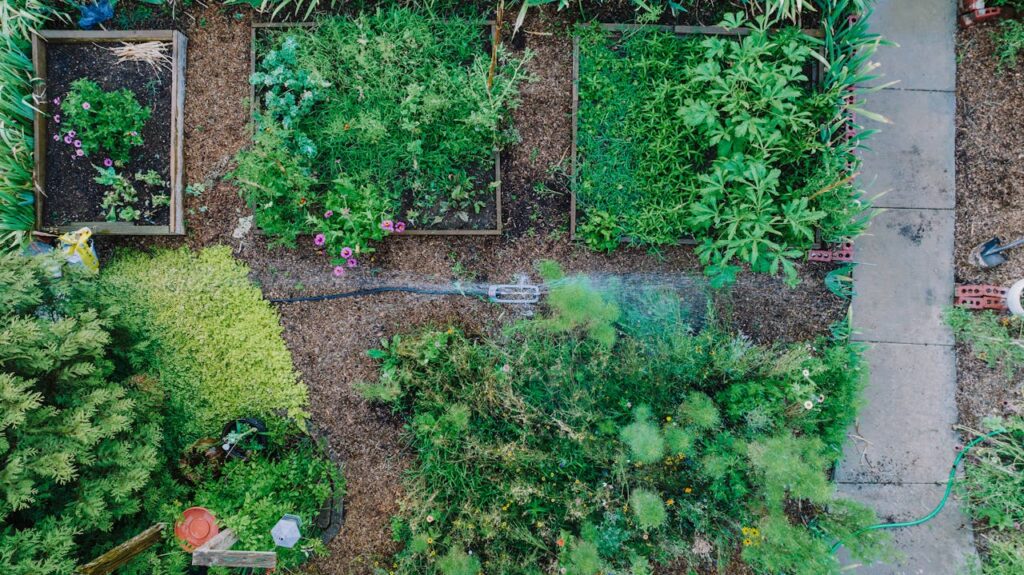
Good air circulation is essential for preventing heat stress and promoting plant health during the summer. Stagnant air can cause plants to become overheated, leading to wilting or other forms of heat damage. Proper spacing between plants ensures that they receive the necessary airflow to stay cool and healthy.
In addition to helping plants stay cool, good air circulation also helps reduce the risk of fungal diseases. It keeps the foliage dry, making it less hospitable to mold and mildew. Ensuring your plants have room to breathe will keep them strong and thriving, even during the hottest weather.
This article originally appeared on Avocadu.
